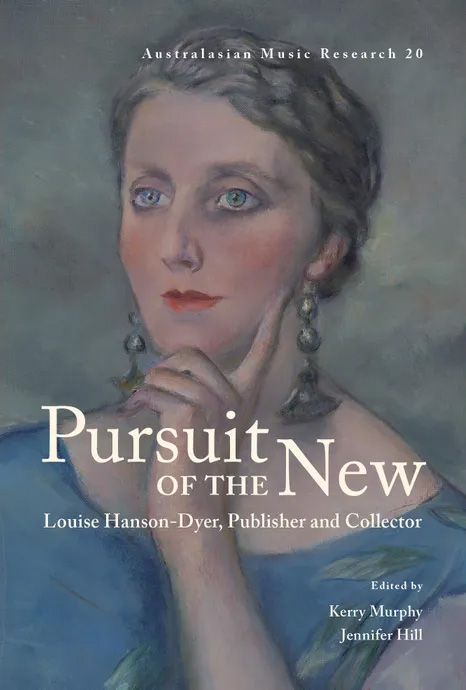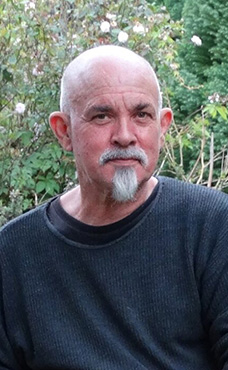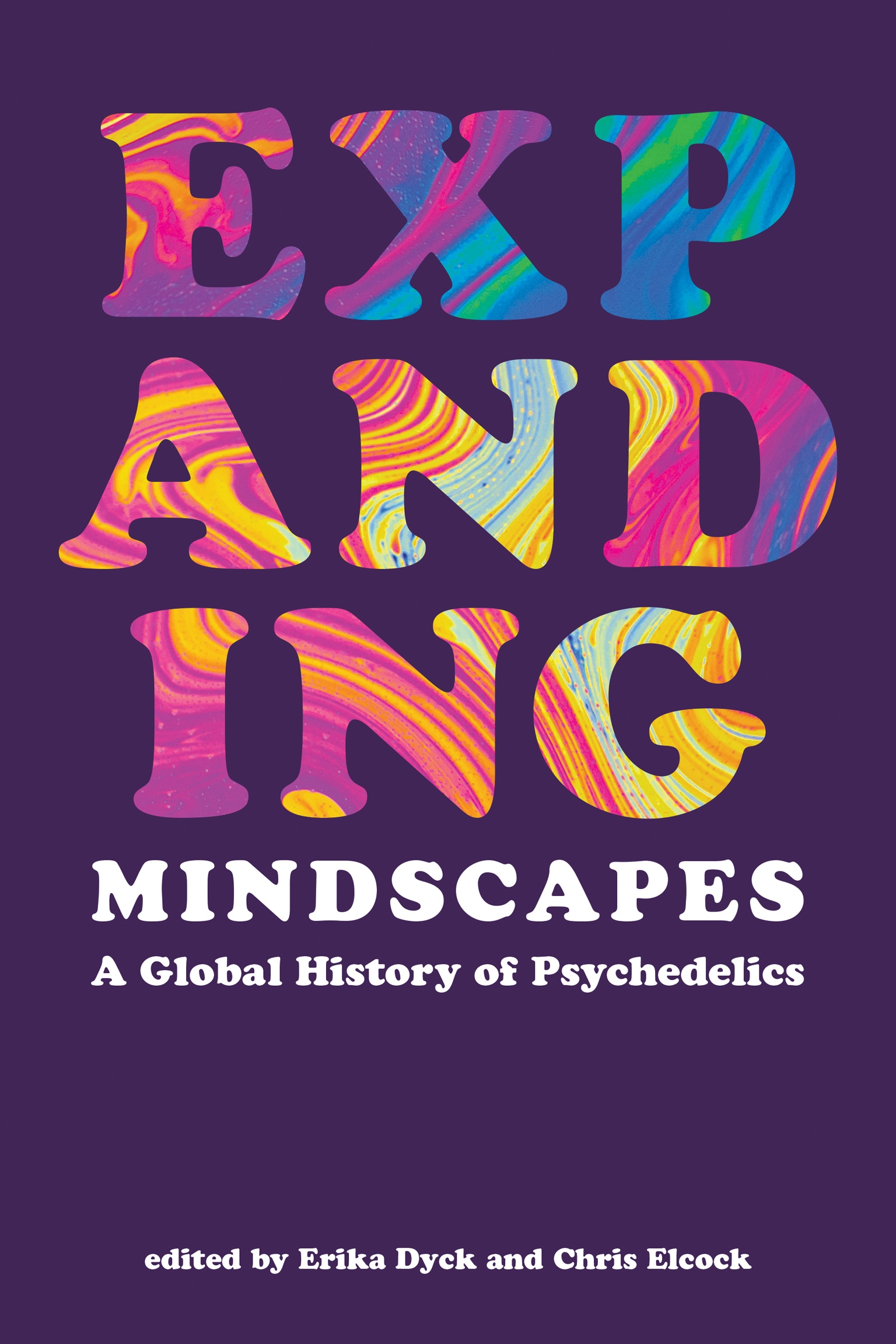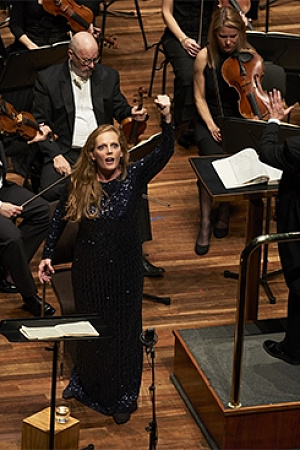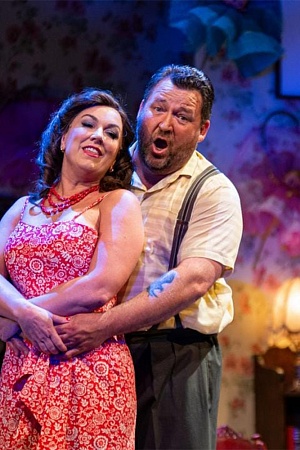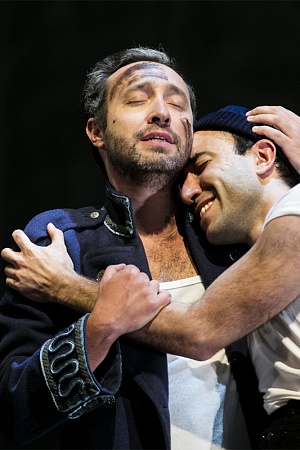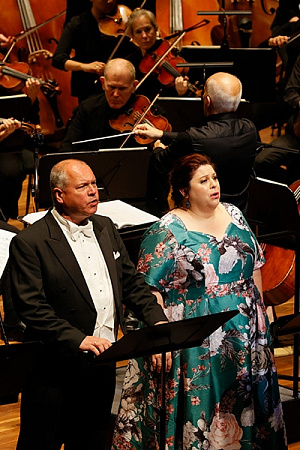Parsifal ★★★★1/2 and The Flying Dutchman ★★★★ (Bavarian State Opera)
Seldom is one able to see Wagner’s first successful repertoire opera and his final masterpiece within the space of twenty-four hours. After a few anxious moments with a delayed flight from Warsaw to Munich, a high-speed taxi ride to the National Theatre in the centre of the city, this reviewer, heart pounding and blood racing, settled into the first act of Parsifal (1 July ★★★★1/2), in which one is immersed in a world where standard notions of time lose their meaning. The wise Gurnemanz points out to the innocent fool, Parsifal: ‘zum Raum hier wird die Zeit’ (‘time here, becomes space’). The prelude to the opera creates a feeling of space and timelessness that permeates the entire four-and-a-half hours of the performance. Even one’s pulse seems suspended.
Debussy, who described an orchestral colour which seems ‘lit from behind’, called Parsifal ‘one of the most beautiful edifices in sound ever raised to the glory of music’. The orchestral world of the opera possesses a diaphanous, almost mystical quality; Wagner had moved away from the orchestra of The Ring, not wanting ‘any figurations of that kind: it would be like cloud layers, dispersing and then forming again’, creating a unique sense of transparency and balance, written with the unique acoustic qualities of Bayreuth in mind.
Parsifal was strongly influenced by Wagner’s wide reading in Buddhism. He began sketching an opera based on incidents in the life of Buddha, tentatively entitled Die Sieger, as early as 1856, when he also completed his first prose sketch for Parsifal, a work which was seventeen years in the making; not quite as long as The Ring. Indeed, he envisaged ending The Ring with Brünnhilde attaining Nirvana, but that did not come to fruition. The idea is developed in Parsifal, whose title character attains enlightenment through learning compassion.
Significantly, Parsifal kills a swan at the beginning the opera. The swan from Lohengrin onwards had metaphoric importance for Wagner, part of his lifelong resistance to cruelty towards animals. He strongly linked Parsifal with Buddhism right until his death, but felt that what he had to say had already been said in this opera, which is, in a sense, a fascinating blending of Buddhist, Christian, and other religious and philosophical elements, many of which can be found in sources that predate Christianity. The central concept of the redemption of mankind sometimes obscures the equally important redemption of nature.
Continue reading for only $10 per month. Subscribe and gain full access to Australian Book Review. Already a subscriber? Sign in. If you need assistance, feel free to contact us.

